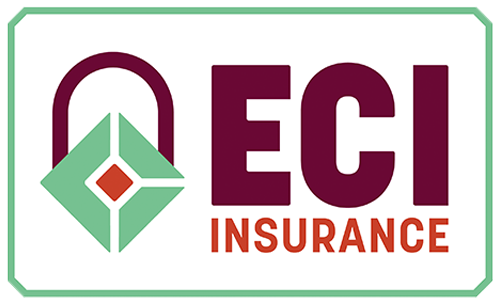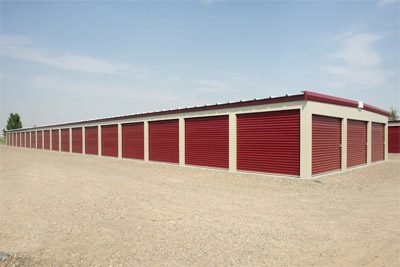There are tons of reasons that someone may need to rent a storage unit. It might be your adult child is finally moving out and their first house has limited space. Or perhaps you’re in the middle of moving and need to store your personal belongs somewhere temporarily. Whatever the reason it’s safe to assume that items in storage are worth protecting, otherwise they’d just be thrown in the trash so it’s important to take the necessary steps.
The things you keep in storage, just like items at home, can fall victim to various methods of damage-whether it be by fire, water, a tornado, vandalism or even theft. According to FBI statistics, more than 1 million storage units are destroyed by arson every year, causing an average of $11,000 in damage. Only 20% of arsonists who set storage units ablaze are ever arrested, making it highly unlikely that you will receive restitution. These figures do not include accidental fire damage, which causes millions more in lost property. That’s why it’s important to make sure you have insurance to cover them. There’s a couple of different ways to do it.
Personal property is usually covered on a standard homeowners policy or a renter’s policy. This would provide a certain amount of insurance picked by the homeowner that would pay to replace furniture, electronics, clothing, and other items inside your home. Even though Personal Property is usually designed to be for what’s in your home, most policies will automatically give you some coverage if that property ends up in a storage unit. The coverage for items in storage units is typically going to be 10% of your personal property limit. This means that if you have $100,000 in personal property coverage then you would have $10,000 in coverage for your items in storage. Be aware though, some policies may only offer this coverage for a temporary amount of time. It’s important to visit with your agent to verify.
Another option to cover your items in storage would be to purchase a Self Storage Unit policy. These policies can usually be purchased from the self-storage business. Be wary though. Many of these policies will only pay for your items actual cash value. This means that it will pay for what the item is worth used. This means that if you purchased a couch 10 years ago for $10,000 then the insurance policy may pay you $1000 for the actual cash value. Most homeowner’s policies will cover your items at replacement cost which would provide the price for what the item would cost brand new even if the item is 10 years old. Most self-storage places require you to provide proof of insurance, which means they may offer a plan for you to purchase on site. Oftentimes that can make the renter feel pressured. In order to avoid that go in with proof of insurance before.
Both policies will often have exclusions so if you think they’ll pay for anything you may be mistaken. Missing items are often not covered unless there is physical proof of burglary or a break in. Wear and tear and damage from rodents or vermin are also not typically covered. Exclusions also usually include not covering expensive items like valuables, guns, furs, and vehicles. Those items are better insured on a personal articles policy and an auto policy.
It’s important to know how your policy works so ask plenty of questions when finding out and choose the option that best works for you.
If you have questions regarding your insurance, ECI is always there.



